| Structure | Name/CAS No. | Articles |
|---|---|---|
 |
sodium chloride
CAS:7647-14-5 |
|
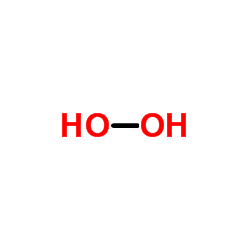 |
Hydrogen peroxide
CAS:7722-84-1 |
|
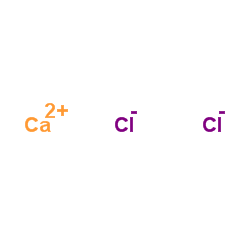 |
Calcium chloride
CAS:10043-52-4 |
|
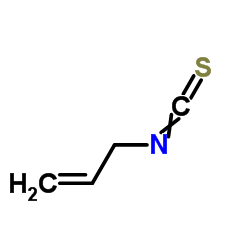 |
Allyl isothiocyanate
CAS:57-06-7 |
|
 |
SODIUM CHLORIDE-35 CL
CAS:20510-55-8 |
|
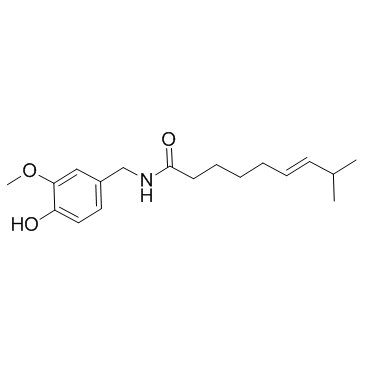 |
capsaicin
CAS:404-86-4 |
|
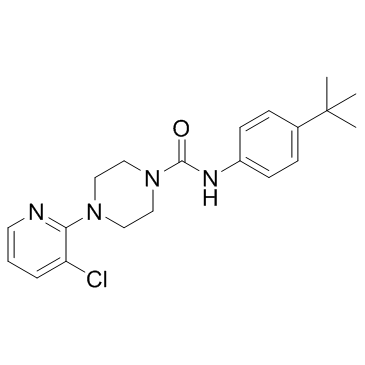 |
BCTC
CAS:393514-24-4 |
|
 |
calcium chloride dihydrate
CAS:10035-04-8 |